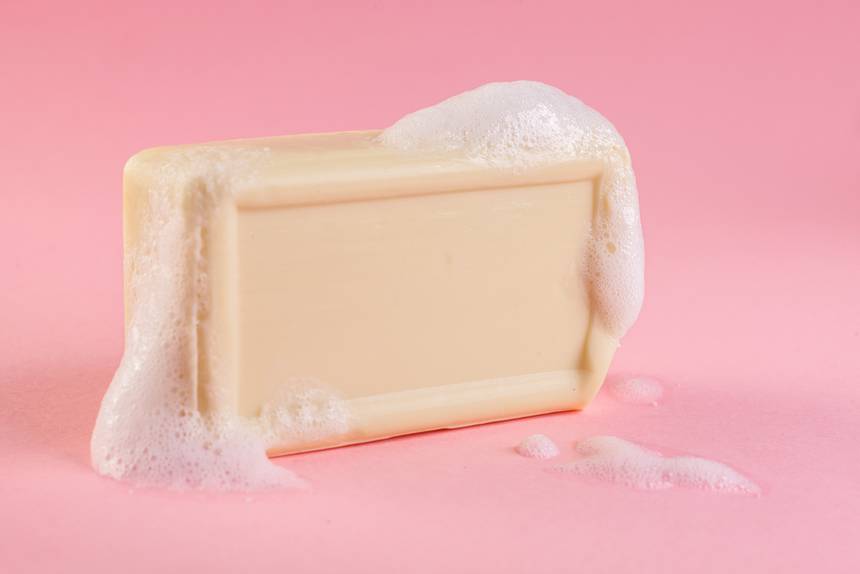 Soap quality testing.
Soap quality testing.
The requirements for most soaps and soap-based products are generally specific. However, they are defined slightly differently for cleaning agents, otherwise for detergents.
The research program includes full and incomplete tests. Full tests are performed at specified intervals (given e.g.. normal) and when changing the recipe, technology, in conciliation tests at the request of control and supervision authorities. Incomplete tests should be performed upon receipt of each soap lot. Samples for testing from a batch of goods are taken randomly, while the necessary number of samples, to be downloaded is specified in the relevant standards.
A full study of toilet soaps includes:
- checking the packaging and marking,
- determination of the average weight of a piece of soap,
- checking all product quality requirements.
A complete quality test of toilet soaps includes the inspection of the following requirements:
• Shape: should be consistent with the offered pattern;
• appearance: the surface of the soap should be free of stains and contamination, however, slight edge allowances and surface damage are allowed;
• homogeneity: a piece of soap should be homogeneous throughout the mass, for soaps not intended for children, color heterogeneity is allowed, which are the result of marbled or pearl color;
• smell: should be enjoyable, characteristic of the raw materials or fragrance composition used;
• color: it should be characteristic of the dye used, while baby toilet soaps should not be colored;
• total fatty acid content, including resin acids (the higher the fatty acid content, this soap is more valuable): should not be less than 78%, and for semi-toilet soaps - not less than 68%, and for economic - 64%;
• the total content of unsaponifiable fat and non-soap substances (the higher the content of unsaponified fats, the greater the rancidity and odor changes, and the poorer the washing ability); should not be greater than 3%, for household soaps - 1,8%;
• content of caustic free alkali converted to NaOH (increasing the content of caustic alkalis may cause skin irritation and may be dangerous for the eyes): cannot be greater than 0,1%, while in the case of children's soaps - 0,05%, for half-toilet soaps - 0,02-0,10%, for household soaps - no more than 0,15%;
• chloride content converted to NaCl (increases the brittleness of soap): should not be greater than 0,6%, for half-toilet soaps - 0,8%, for economic - 1,0%;
• titer of separated fatty acids, including resin acids (determined by the pour point test - the higher the titer, the greater the content of saturated acids with long hydrocarbon chains): 37°C, for household soaps —35 ° C;
• iodine number of separated fatty acids, including resin acids (makes it possible to determine the degree of unsaturation of fatty acids, thus predicting a tendency to go rancid): should not be greater than 50 for baby soaps, for the remaining soaps, it is not marked;
• neutralization number of the separated fatty acids, including the resin ones (the higher the neutralization number, the greater the proportion of low molecular weight acids in relation to high molecular weight acids, hence better foaming and better washing properties in cold water): should not be less than 208 mg KOH/g, in the case of baby soaps, it is not, for half-toilet soaps it should not be less than 200 mg KOH/g;
• foaming capacity (marked according to the appropriate standard): should not be less than 250 ml, in the case of children's soaps - not less than 200 ml, for semi-toilet soaps - not less than 200 ml;
• the content of lauric acid in the separated fatty acids (marking according to the standard).